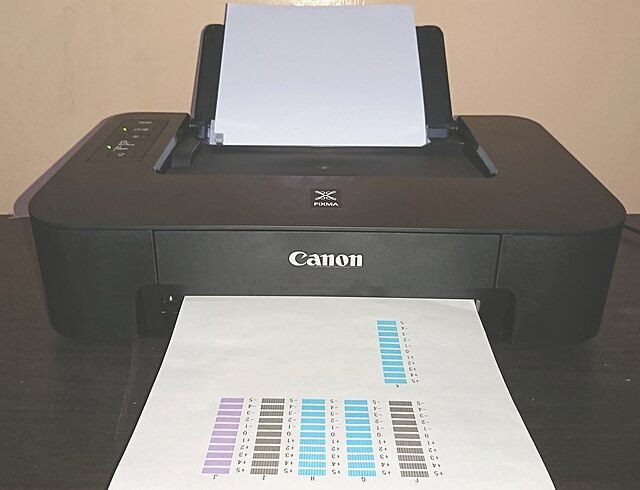Microfluidics refers to a system that manipulates a small amount of fluids using small channels with sizes ten to hundreds micrometres. It is a multidisciplinary field that involves molecular analysis, molecular biology, and microelectronics. It has practical applications in the design of systems that process low volumes of fluids to achieve multiplexing, automation, and high-throughput screening. Microfluidics emerged in the beginning of the 1980s and is used in the development of inkjet printheads, DNA chips, lab-on-a-chip technology, micro-propulsion, and micro-thermal technologies.
NIST researchers have combined a glass slide, plastic sheets and double-sided tape to create an inexpensive and simple-to-build microfluidic device for exposing an array of cells to different concentrations of a chemical.
Silicone rubber and glass microfluidic devices. Top: a photograph of the devices. Bottom: Phase contrast micrographs of a serpentine channel ~15 μm wide.
micro fluid sensor
Inkjet printing is a type of computer printing that recreates a digital image by propelling droplets of ink onto paper and plastic substrates. Inkjet printers were the most commonly used type of printer in 2008, and range from small inexpensive consumer models to expensive professional machines. By 2019, laser printers outsold inkjet printers by nearly a 2:1 ratio, 9.6% vs 5.1% of all computer peripherals.
A typical inkjet printer
A Canon inkjet with CMYK cartridges
Piezoelectric printing nozzle of an EPSON C20 printer
Howtek style inkjet nozzle (tubular piezo not shown)







